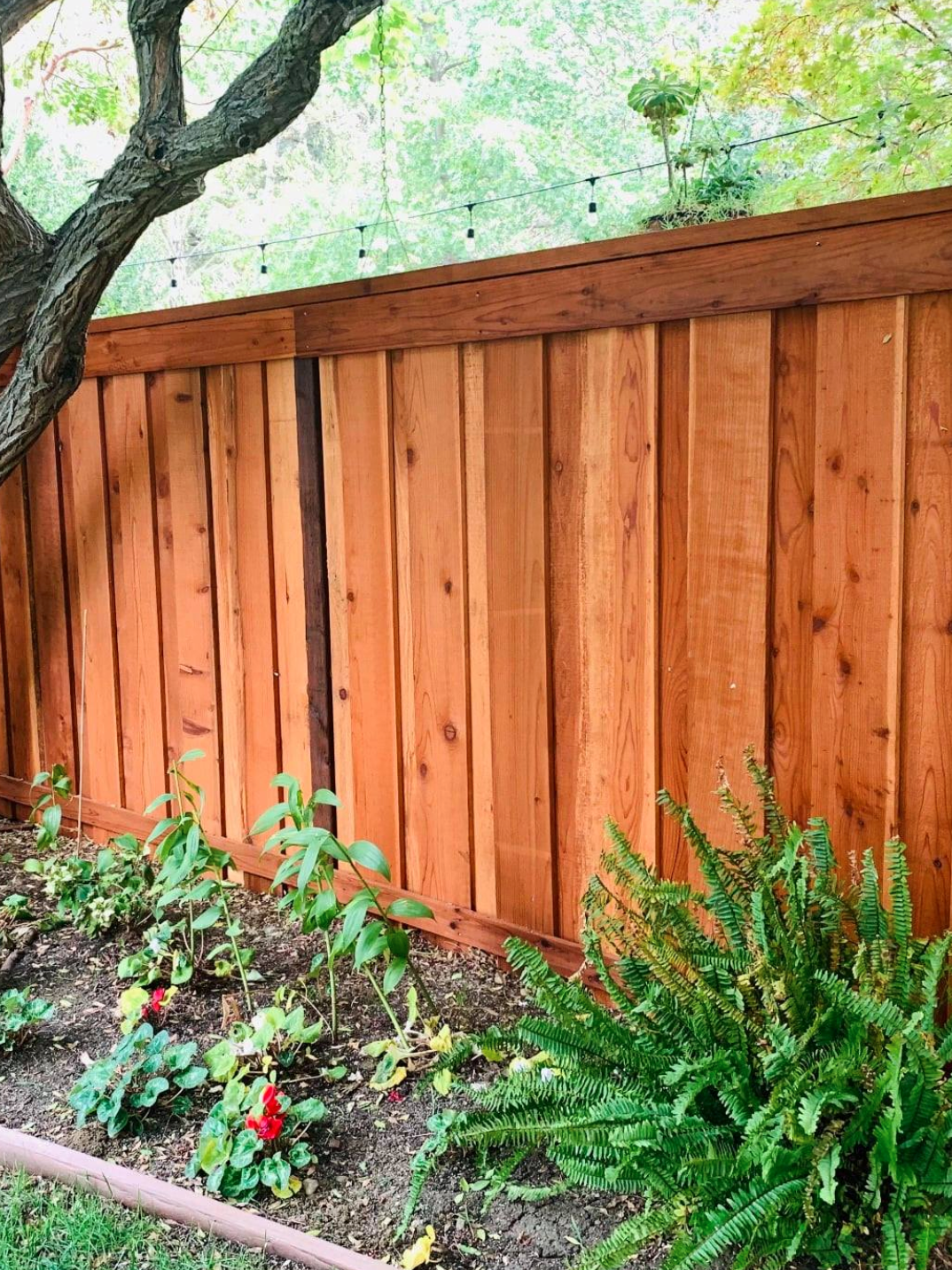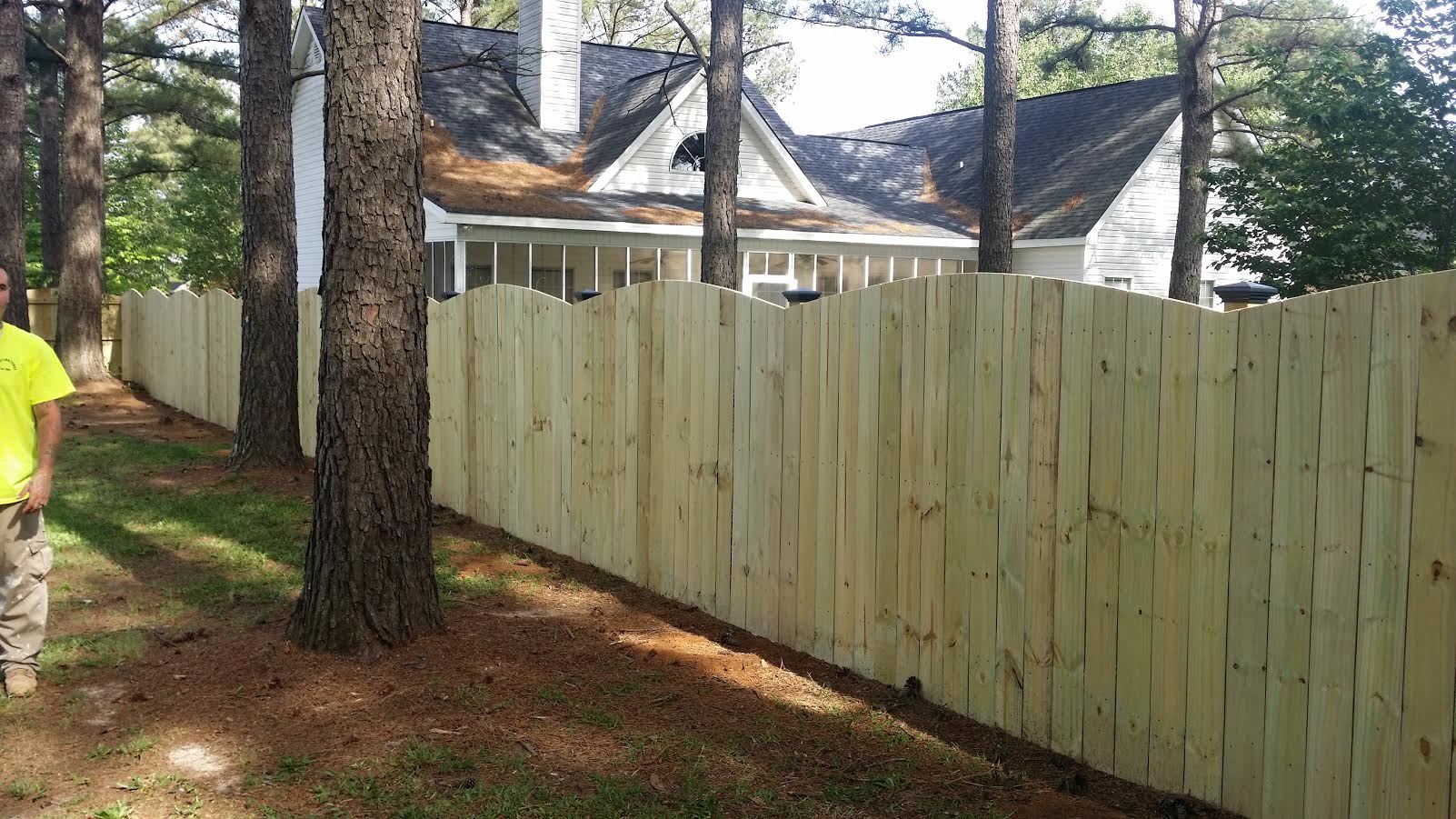Renew Your Fence's Look with Top quality Fence Staining!
Renew Your Fence's Look with Top quality Fence Staining!
Blog Article
Exactly How to Choose the Right Fencing Discoloration for Your Building
When it comes to enhancing the appearance and sturdiness of your residential or commercial property's fencing, choosing the best discolor is an essential decision that needs mindful consideration. How can you guarantee that you select the best fencing tarnish that straightens with your residential property's design and maintenance demands?
Recognizing Wood Types
To choose the suitable fencing discolor, it is necessary to have a detailed understanding of the numerous types of wood frequently used for secure fencing. When selecting a fencing discolor, it is essential to think about the kind of wood being used to make sure compatibility and optimum protection. Recognizing the characteristics of different wood kinds will aid you make a notified choice when it comes to picking the ideal fence stain for your property.
Picking the Right Shade
Choosing a suitable color for your fence tarnish is an important choice that considerably influences the overall aesthetic allure of your residential or commercial property. Lighter shades such as whites or light grays can make a fence show up larger and add a touch of style to your property. Eventually, the best color selection will boost the charm of your fencing and elevate the overall aesthetic allure of your home.

Taking Into Consideration Openness Levels
When picking the ideal shade for your fencing tarnish, another crucial aspect to think about is the level of transparency that will certainly ideal fit your home's visual and upkeep demands. Openness levels in fencing discolorations normally drop into three categories: transparent, semi-transparent, and solid. Clear discolorations enable the all-natural elegance of the wood to show with while giving very little protection versus the aspects. They are ideal for brand-new or properly maintained fences where showcasing the timber grain is a top priority. Semi-transparent spots provide a balance between color enhancement and protection, allowing some timber grain to be visible while offering moderate protecting from UV rays and wetness. Strong stains, on the other hand, provide one of the most security as they totally cover the wood with an opaque surface. These are suitable for older fences or those seeking considerable security or shade adjustment. Take into consideration the level of exposure your fencing encounters, the desired upkeep regularity, and the aesthetic you wish to attain when selecting the right openness degree for your fence stain.
Evaluating Upkeep Demands
Considering the long life and upkeep of your fence, examining the maintenance demands is crucial in determining one of the most suitable fencing tarnish for your residential property. The level of maintenance needed for your fencing can vary depending upon factors such as the sort of wood, weather in your area, and your personal preferences.
When assessing maintenance requirements, it is important to take into consideration the durability of the fence tarnish. Some spots require more regular reapplication than others, so choosing a tarnish with a longer life-span can help in reducing the overall upkeep demands of your fencing (Fence Staining). In addition, factors such as resistance to UV rays, water, and mildew can affect how frequently you need to re-stain your fence

Evaluating Examples Before Application
Before using any type of fence tarnish, it is a good idea to carry out example examinations to make sure compatibility with the timber and preferred aesthetic end result (Fence Staining). Evaluating examples allows you to evaluate just how the stain will certainly interact with the certain type of wood made use of in your fencing, as various timbers can soak up spots differently. To begin, pick a small inconspicuous area of the fencing to use the discolor samples. It is suggested to check several discolor choices on this section to compare colors and surfaces. Think about just how the stain looks when completely dry, as it might appear different from its damp application. Furthermore, observe just how the discolor enhances the existing aspects in your exterior area, such as landscape design or the color of your home. Make note of exactly how the tarnish stands up to climate condition like sunlight and moisture. By examining examples prior to full application, you can make an educated decision that enhances the overall look of your residential or commercial property while securing the timber successfully.
Conclusion
To conclude, selecting the ideal fencing tarnish for your building includes recognizing the wood kind, picking the best shade, try here considering openness degrees, assessing upkeep requirements, and screening examples prior to application (Fence Staining Service). By taking these factors into consideration, you can make certain that your fence stain complements your residential property while supplying the necessary defense and durability. Make a notified decision to boost the look and long life of your fencing
Report this page